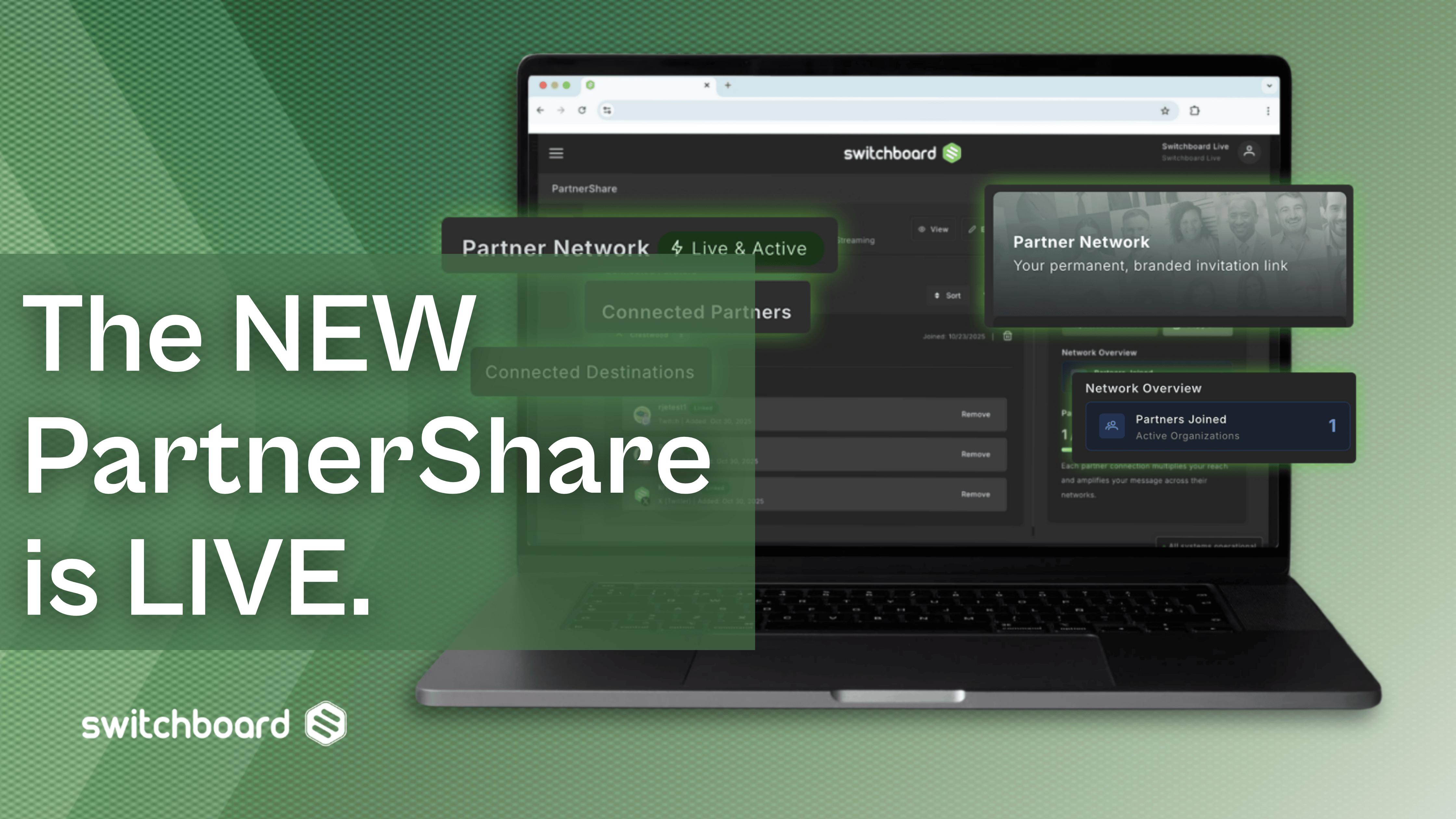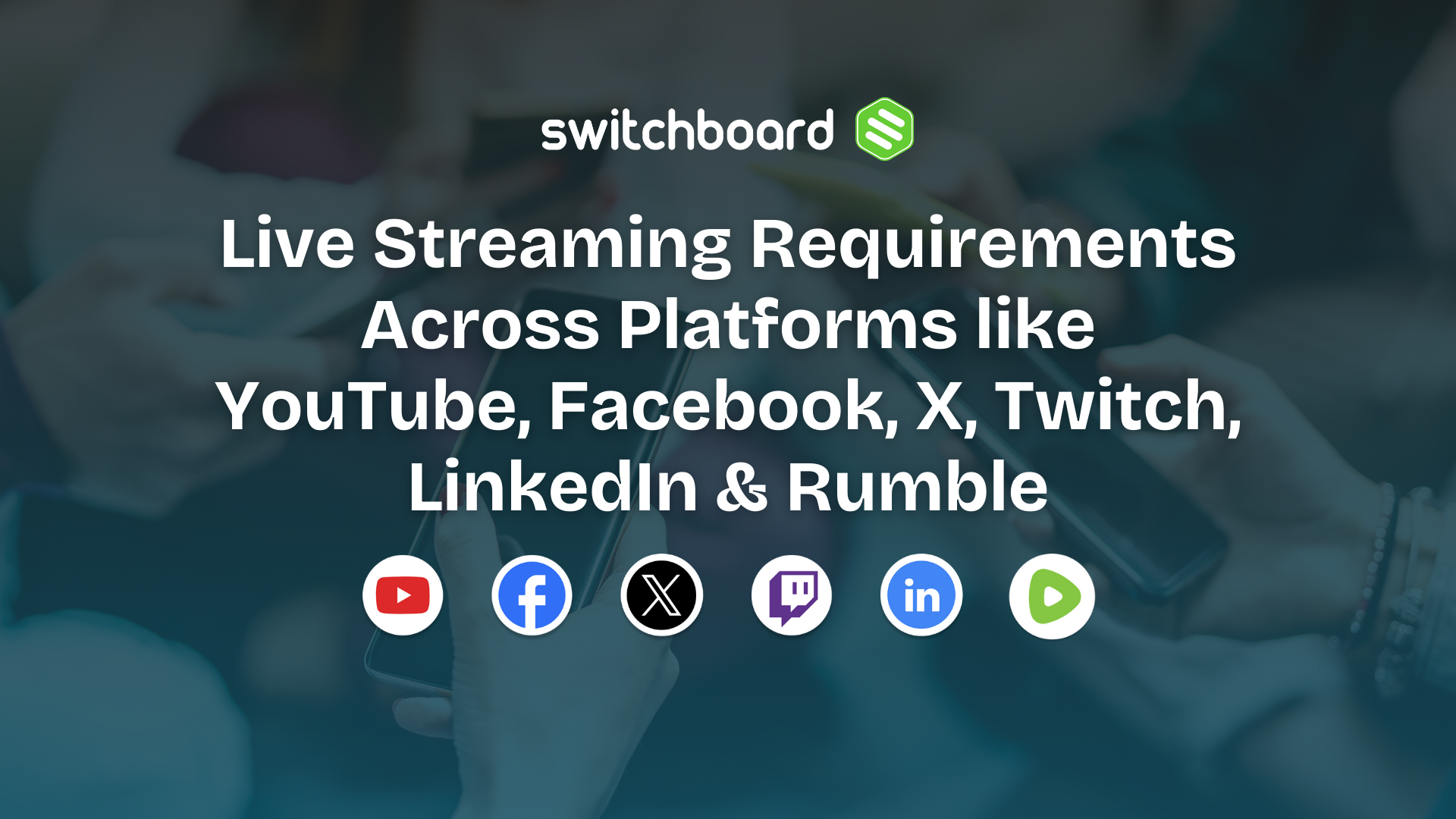“Smart cities” is a concept where metropolitan areas implement a wide variety of connected technologies to make their city more efficient and safer for the people within them. As technologies for these cities advance, it becomes evident that live streaming will play a large part in their success.
When thinking about smart cities, one of the first things that comes to mind is the mass deployment of a wide variety of sensors. These sensors can track anything from air quality to waste management, and everything in between.
The most important part of this is the data that can be collected. Smart cities have the ability to track and evaluate information in new and exciting ways. They can learn how traffic flows, for example, and use that data to create better intersections. The same sensors and systems can provide real-time services as well – imagine being able to know where the empty parking spots are, right from the dash of your car. Say goodbye to driving around the block three times!

Tech Companies Contributing to Smart Cities
Thanks to modern deep learning technologies, we’re able to use live video to collect a lot of this data. This is mind-blowing technology we’ve been seeing in the movies for years. This technology allows systems to automatically identify and track just about anything you can see in a video feed.
Video tech company, Nvidia, developed a product called DeepStream, and it’s just one of the tools that use deep learning tech to analyze video in real time.
The company describes the DeepStream system:
“At its core, video analytics draws from standard computer vision tasks including image classification, object detection, recognition and tracking.”
Intel also offers Smart Video solutions. Like Nvidia, Intel designed their technology to help cities and communities run more efficiently by using data derived from video cameras. Something this technology can create is an advanced intrusion detection system. With Smart Video, you could own a smart security system that sees a person entering your home and uses facial recognition to verify if it’s you, or a burglar before sounding the alarm.
Smart Cities can use live streaming data in the same way, but on a much larger scale, which is the type of thing that could save lives. A lost child could be found within seconds thanks to the cameras and systems that are keeping an eye on the city at all times.
The interesting part of both the Nvidia and Intel smart video offerings, is that they are not just providing a packaged product. Both companies offer software development kits (SDK) so that developers can build their own products and create new features using these powerful video data engines.

Emergency Live Streams
Of course, automated systems aside, live streaming can be critical for human decision-makers in our smart cities as well. It can provide emergency officials with real-time video situational awareness. Whether there is a fire, car accident, or disaster, responders can get a better understanding of what’s going on and what resources to deploy in a much quicker fashion, which will save valuable time.
The goal of being more connected in smart cities also means being able to connect with the population to disperse information. Using live streaming technology, a city can now distribute a message to the population without a TV crew and satellite broadcast truck.
With a simple live streaming set up, a mayor, fire chief, public health official, or public citizen can broadcast information and instructions in real time. Smart cities use tools like Switchboard Cloud to take that live stream and send it to as many different platforms as they wish. With a service like Switchboard Cloud, they can go live simultaneously on multiple Facebook pages and groups, as well as YouTube, Periscope, the city website, and hundreds of other places.
This allows the smart city to quickly and easily deliver information a much larger portion of its population. The public can easily access the video feed on their phones, computers, or smart TVs and watch it back if they missed it live.

Smart City Streaming
Of course, cities can use this technology for more than just emergency information – it also provides a low-cost way to broadcast public meetings, legislative sessions, celebrations, and other events of public interest.
It’s clear that live streaming, along with so many other types of data collection sensors, will help smart cities of the future run smoother, safer, and with a better quality of life. The best part is that a lot of this tech is here today and is already being rolled out!





.png)
.png)
.png)





